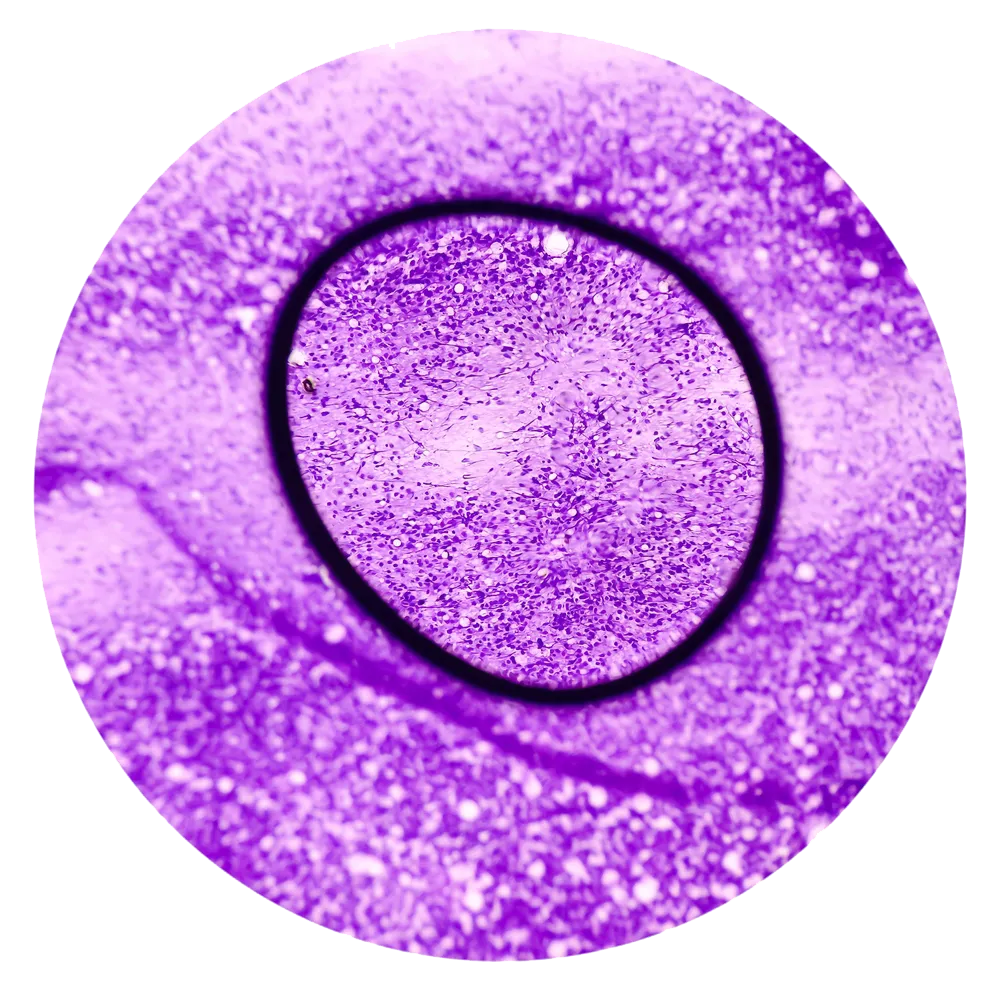Bispecifics in High-Risk Myeloma
How are patients with high-risk multiple myeloma responding to bispecific antibody therapy?
We are still in the early stages after the approval of bispecific antibodies, so there have been a few subgroups analyzed based on risk.
Through a secondary finding in a Phase I trial,RedirecTT-1, which was testing for an optimal dose schedule, it was discovered that the combination of talquetamab and teclistamab could be beneficial for a certain high-risk subgroup with something called extramedullary disease, where plasma cells are found in tumor-like clusters outside of the bone marrow. In this particular study, patients responded at a rate of 71.4%, with 21.4% of those patients achieving a complete response or better.
While this combination of talquetamab and teclistamab is not approved by the FDA, we look forward to more subanalysis of how extramedullary and other myeloma patients respond to bispecific antibody therapies as research moves forward.
Other therapies, like cevostamab, targeting FcRH5, are supposed to be beneficial for high-risk multiple myeloma patients, but again, more clinical trial data is needed at this time.
Learn more about high-risk multiple myeloma: Diagnosed With High-Risk Myeloma, What Now? (2024)
